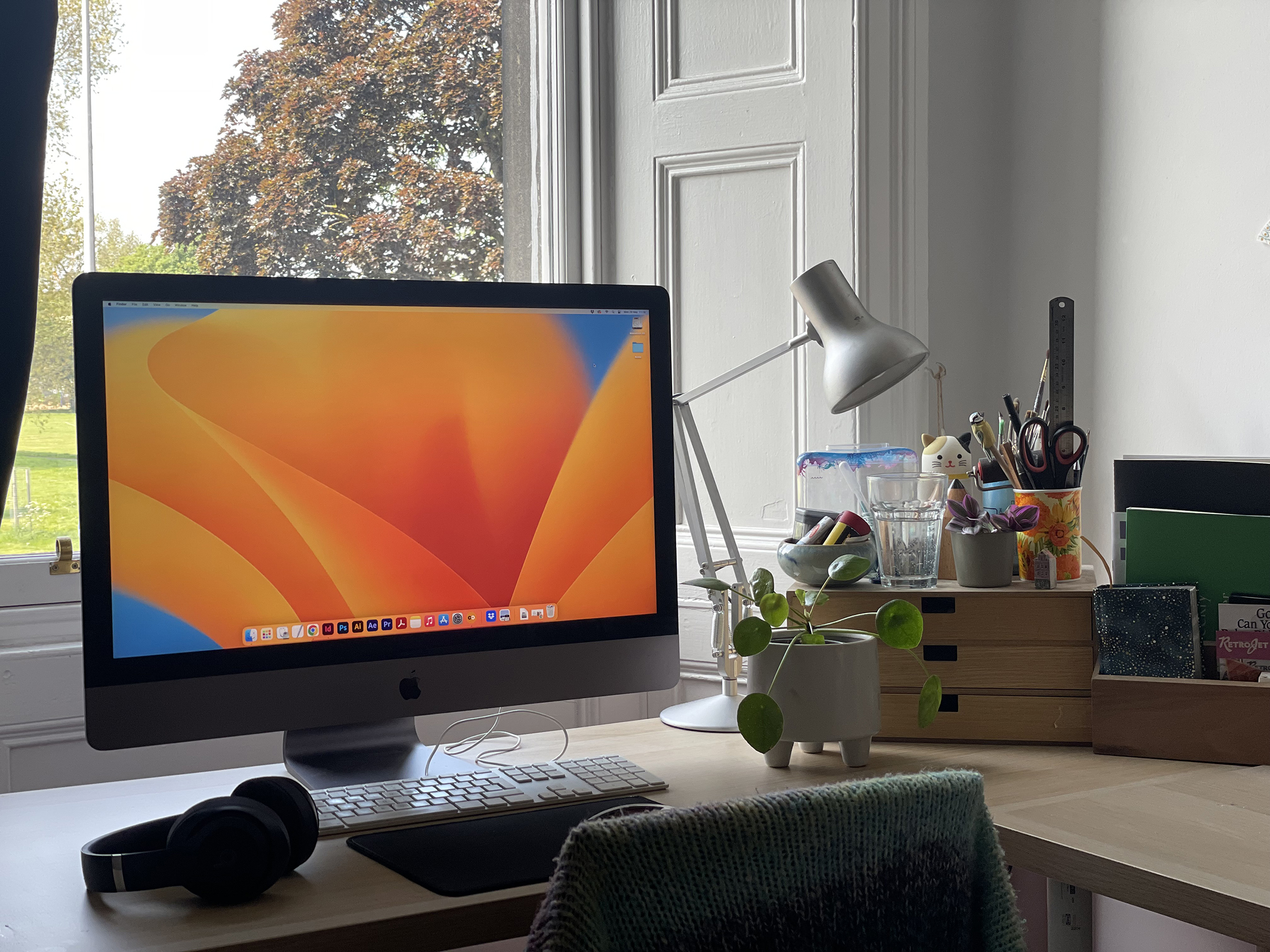
Why working from home works for us
By Ben Walker on 06 November 2022
Even before the pandemic, we had adapted to work from home (WFH) one day a week to help reduce our carbon footprint and find a better work-life balance.
This certainly made the transition to WFH full-time easier when Covid-19 struck and, like many, we discovered the numerous benefits of this way of working, from enhanced productivity to more flexible schedules. Whilst we initially embraced a hybrid work model post-pandemic, our team adapted so well to WFH that we made the decision to close our office and move to a full-time WFH model early in 2023.
Eco Benefits
Shifting to a full-time WFH structure tied in well with our goal to be a climate positive company. With some of our employees living outside of the city, working from home meant eliminating commuting and a reduction in the carbon emissions we are responsible for. Frequent commuting by car can take a massive toll on the environment, with CO2 being a large pollutant in vehicle emissions. A hybrid or fully WFH model can reduce CO2 emissions by up to 300kg/year per person.
Additionally, with our work being predominantly online, we eliminated the need for a physical office space. Closing our Edinburgh office also meant no more unnecessary electricity use and helped us to reduce our carbon footprint. Many modern power grids still rely on fossil fuels for energy production rather than renewable, with 62% of the world’s per capita electricity coming from fossil fuels. While home-based working may increase individual utility use, it can eliminate a much larger use from commercial buildings. Some commercial properties use far more power daily, with many keeping lights on 24/7, not to mention the sheer quantity of power that goes into water, plumbing, and heating.
Additionally, many people are more conscious of their power use within their own homes. Actions such as leaving lights on or a tap running are often closely monitored in individual residences, as people work to reduce utility bills.
Embracing digital techniques and switching to a WFH environment has greatly helped us reduce paper use. As designers, we will likely always use some paper for sketching, but in a WFH environment excess paper use just isn’t practical or efficient.
With a plethora of digital services available for sending documents, signing contracts, and more, the shift to a fully digital environment has never been easier.

Work-Life Balance
More time – Eliminating the daily commute frees up time for other activities– whether that’s making breakfast, going to the gym, spending time with friends and family, or going for a cycle. Having this extra time is invaluable in helping to avoid burnout and achieve a better work-life balance.
So, Is There a Catch?
While we don’t feel like there is a catch, there are a few things to be aware of when considering the switch to WFH.
A challenge many encounter when working from home is that it can be hard to leave work behind, especially when your ‘office’ is in your home. To help with this we created set working hours, initiated flexi-work protocols, and utilise a shared calendar so the team is aware of each other’s modified hours.
Being fully remote means it is more important than ever to foster team connections and ensure positive working relationships. We go on bi-monthly litter picks together, meet for team meals, and have regular team calls. Meeting occasionally to collaborate, volunteer, and socialise helps foster inter-team relationships.

Our Top Tips:
- Know the Ground Rules
Establishing parameters around working hours and flexible time is key to ensuring everyone is on the same page. Having standard working hours and flexi-time protocols helps to set boundaries to promote work-life balance, while allowing employees to be consistently available to each other and their clients. Additionally, it is important that members of the team have the appropriate work equipment, such as a laptop, internet access, passwords, and instructions for secure, remote login.
- Optimise Your Workspace
Whether or not you have a designated home office, it’s important to have a private and quiet space to work. If possible, keep your office area separate from your personal spaces, and use it only for work. It’s a good idea to take the time to set up a functional and comfortable workspace that suits you. Whether it’s a candle, desk plant, extra monitor, or office chair, taking the time to create a stress-free and enjoyable environment can make all the difference.
- Minimize Distractions
Barking dogs, construction, and loud neighbours can be combatted with noise-cancelling headphones to create a quiet environment. Where possible, arranging your schedule around your family’s schedule can help to ensure you get the dedicated time you need for work.
- Get Out and About
While working alone can be idyllic, even the most introverted amongst us may start to feel confined after long periods of working in solitude. Schedule time to connect with others outside of your home office, through lunch dates, an exercise class, or a walk around the block.
If you and your team are weighing up the idea of moving to a full-time work from home model, please feel free to get in touch. We’d be happy to chat through our experience and provide any other tips that may make your transition easier.
Thank you
Success! We've received your message and will get back to you as soon as possible. We look forward to chatting to you.
“Firefly has been an absolute joy to work with. We commissioned them to create a promotional animation for us and on seeing the storyboard, we were so impressed with the work they did that we ended up contracting them to design a series of printed materials too.
Creative, friendly and responsive, they’ve truly delivered on what we asked for and more. We had a very tight turnaround on our project and they made it all happen in good time. I wouldn’t hesitate to use them again.”
Steph Wright
Project Development Manager
Cancer Innovation Challenge





